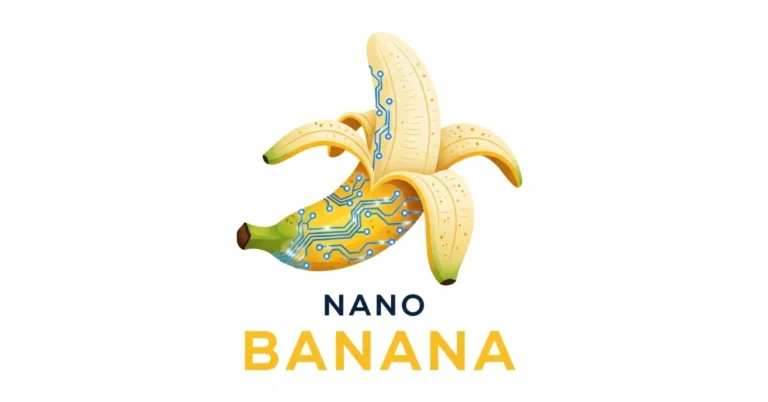As artificial intelligence continues to evolve, OpenAI’s Generative Pre-trained Transformer (GPT) series has been at the forefront, revolutionising natural language processing and creating new possibilities for AI applications. The release of GPT-5, which is expected to debut in mid-2025, has generated significant excitement, especially with the promise of major advancements in reasoning capabilities, multimodal features, and autonomy. Although GPT-5 has yet to be released, insights from OpenAI CEO Sam Altman’s roadmap and discussions with industry leaders provide a glimpse into what we can expect from this highly anticipated model.
The Evolution of GPT Models
GPT-1 to GPT-4
The journey of GPT models began in 2018 with the release of GPT-1, a foundational model that demonstrated the power of transformer architecture for natural language understanding. GPT-2 followed in 2019, bringing substantial improvements in text generation, leading to its public release. However, it was GPT-3, released in 2020, that truly made waves, with 175 billion parameters and impressive capabilities that pushed the boundaries of text generation, resulting in the development of conversational AI tools like ChatGPT.
GPT-4, launched in 2023, built on the success of its predecessors, adding multimodal capabilities (text, images, and speech) and refining its performance in complex reasoning and context comprehension. This model marked a significant milestone, improving the accuracy, coherence, and reliability of AI-generated content. GPT-4o, released in May 2024, further enhanced these features, increasing the speed and reducing the costs associated with running AI models.
GPT-5: What We Expect
Though GPT-5 is still in development, Altman’s roadmap and prior statements provide some key insights into what we can expect. GPT-5 will not be a standalone model but rather a system that integrates the capabilities of both the GPT-series models and O-series models, such as O3. This integration is expected to enhance the model’s reasoning ability and performance across various applications. Unlike its predecessors, GPT-5’s unified approach should allow for a more efficient and capable AI system, marking a significant evolution in OpenAI’s AI model architecture.
One of the most significant advancements we anticipated in GPT-5 is the expanded multimodal capabilities. While GPT-4o can already process text, images, and speech, we expect GPT-5 to go even further by incorporating features such as voice, canvas, and potentially video processing. This would make GPT-5 a much more versatile model, capable of handling a broader range of inputs and offering a more seamless user experience across different modalities. The integration of video processing is especially noteworthy, as it positions GPT-5 to compete with other multimodal models from companies like Google and Anthropic.
From Chatbot to Autonomous Agent
GPT-5 should represent a shift from being just a chatbot to becoming a fully autonomous agent. This means that users should be able to delegate tasks and actions to GPT-5, such as making purchases, managing schedules, or completing personal tasks without direct human intervention. This evolution aligns with OpenAI’s ongoing efforts to integrate third-party services and empower AI models to function in more practical, task-oriented environments. The ability for GPT-5 to autonomously interact with different platforms and perform tasks could significantly enhance productivity and simplify daily activities for users.
Enhanced Accuracy, Expanded Context Windows, and Cost Efficiency
Building upon the improvements made in GPT-4, GPT-5 should be expected to offer even better accuracy and contextual understanding. By incorporating O3’s chain-of-thought reasoning, GPT-5 must be more reliable and generate more contextually relevant responses. Additionally, it should feature an expanded context window, which will allow it to process and reference larger portions of text. This would enable ChatGPT to generate more coherent and relevant responses, especially in long-form conversations or complex documents.
Another key expectation for GPT-5 is its cost-effectiveness. As newer models are released, the cost of using the OpenAI API needs to decrease, so it can make GPT-5 more accessible to a wider range of developers, businesses, and researchers. This democratisation of access could lead to a wave of innovation in AI-powered applications, from coding and research to content creation and beyond.
The Road Ahead
GPT-5’s release, anticipated for mid-2025, should push the boundaries of what AI models can do. With expected features like advanced reasoning, multimodal features, and autonomous capabilities, GPT-5 will become a game-changer in AI development. As OpenAI continues to refine its models, the AI landscape will likely experience transformative changes, unlocking new possibilities across industries. Although GPT-5 is still in development, the anticipation surrounding its capabilities is already shaping the future of AI, and the implications of its release are vast.
While GPT-5’s exact features are still under wraps, the anticipated model is expected to build on the successes of GPT-4, offering a more integrated, multimodal, and autonomous AI experience. As we await its release, the evolution of the GPT family will continue to shape the future of AI, pushing the boundaries of what is possible in natural language processing and beyond. As GPT-5 nears its launch, its potential impact on AI applications and the broader technology landscape is already generating excitement and speculation.




